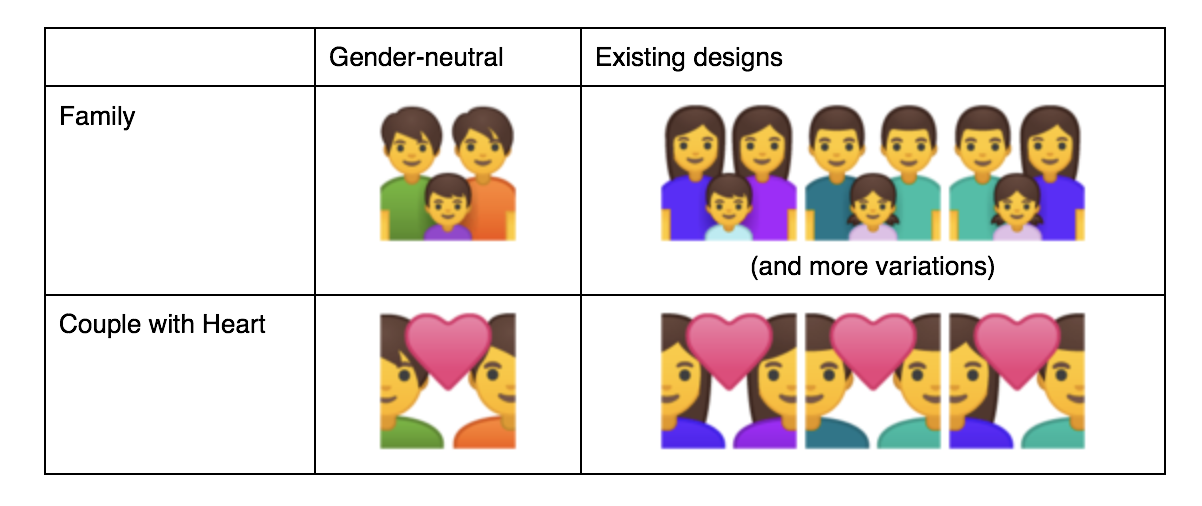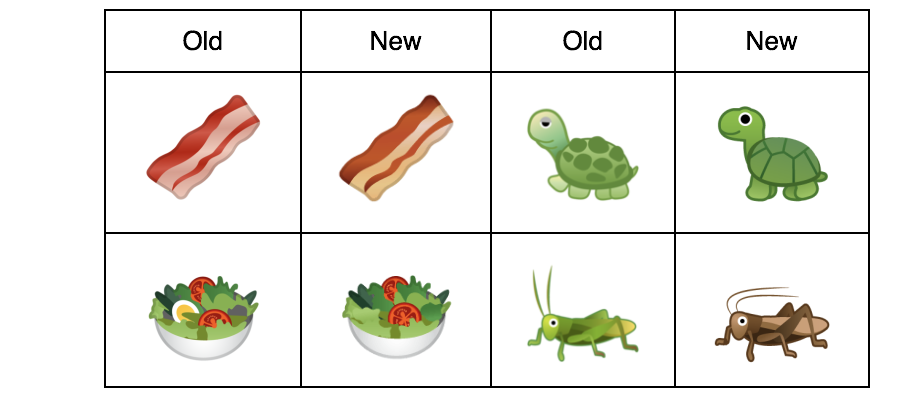For the past decade, telecommunications companies around the globe have been grappling with falling average revenues per user equaling stagnant growth rates.
While particularly mobile operators have enabled increasing prosperity in third-world countries, new ways of working and fueled entirely new markets, much of the wealth created has landed on the books of companies that we look upon with increasing discomfort: Google, Amazon, Alibaba, Tencent and others. And as if this was not enough, the very ingredient — ubiquitous connectivity — that has served as lubricant for the disruption of entire industries is now on the verge of being disrupted itself.
While many expect finance or healthcare to be next on the list of global serial disruptors, and technologies like wearables, blockchain and AI are cited to be the nails in the coffins of these industries, small players have cooked up the ingredients that could well marginalize today’s prevailing telco business models globally. There are three ingredients that could make that happen…
Lack of customer trust
Among the top 100 most trusted brands globally, you will find companies of almost any industry, except telco. You will find our serial disruptors, big brand consumer packaged goods, car manufacturers — even banks, payment companies and healthcare service providers. But you won’t find telcos. In their battle for growth, telcos globally have largely alienated their customers for the sake of managing yield and profitability.
Furthermore, simple customer engagement processes are often broken, and telcos have struggled to achieve a high quality of service with zero defects, high responsiveness and a great customer experience on even their most relevant customer interactions. They have broken the trust equation with their customers.
An existing trusted relationship is hard to disintermediate.
Why is that relevant? Because trust is an important ingredient in disintermediation, à la Uber or Airbnb. Uber has put trust and ease into the car-hailing business, while Airbnb has put the trust in-between guest and host. On the flip side, an existing trusted relationship is hard to disintermediate.
However, the telco-customer relationship, as global brand indicators show, is ready to be disrupted. Perhaps even more so than the bank-client or doctor-patient relationships.
Liquid infrastructure
While telcos are grappling with fixing their customer front ends, becoming more nimble and responsive to customer needs and putting “greatness” back into the overall customer experience equation, small startups (and large telco suppliers alike) are creating what is known as “liquid infrastructures.”
In today’s cloud-based world, global network traffic is exploding while traffic patterns, with globally scaled and load-balanced cloud-based back-ends, are becoming more and more fluid and less predictable. Likewise, decreasing enterprise assets actually connect to the enterprise network directly.
The internet of things (IoT) is creating massively distributed architectures with globally roaming assets that need to seamlessly blend into critical enterprise applications. So, enterprises are challenged with creating more flexible network infrastructures that not only connect their various operating sites, but also create reliable connections to public cloud service providers, while connecting remote and mobile IoT assets to the core network. And all that while accommodating massive shifts in traffic patterns depending on the day of the week, time of day or reconfigurations happening at service providers.
Liquid infrastructure promises to provide a solution for such challenges, and it’s not a concept telcos are capable of, or offering, in the market place as of now. It is players like Waltz Networks, a venture-backed startup from San Francisco, that are disrupting the market place by providing solutions for the completely self-managed, liquid infrastructure that can handle today’s network demand.
Envision such an offering as a global OTT service and you have a recipe for a serious contender to the global enterprise telco services market.
“On the fly” mobile access
Redtea Mobile is another such interesting disruptor in the telco space. Imagine your IoT assets are roaming around the world globally. Which telco would you go to in order to buy a data plan, plus device management, which enables you to provision and deprovision your devices globally and on the fly?
Telcos globally have been struggling to come up with competitive offerings that make managing such global asset bases economical and a breeze. That is firstly because none of the globally leading telcos can offer a truly global network — be it of their own or partner assets. Secondly, given multiple telcos are forced to collaborate if they want to offer a global virtual mobile data service, long-standing roaming agreements often stand in the way of economical pricing models. Telcos are not yet willing to sacrifice existing global roaming revenue at the expense of a potentially growing global IoT mobility data market opportunity.
Companies are better off disrupting than being disrupted.
Despite these challenges, however, the demand is increasing. While global mobile traffic was 7 exabytes in 2016, it will skyrocket 700 percent by 2021. That’s where Redtea Mobile comes into the picture. With Redtea Mobile’s technology, you could imagine someone buying regional capacity with enough associated international mobile subscriber identities (IMSI), the unique numbers assigned to mobile phone users, around the globe at wholesale prices, bundling this capacity as a global mobile IoT data service, and reselling it to enterprises globally to fuel their IoT devices.
The way Redtea Mobile’s technology works is that it can reprogram eSIMs on the fly from the cloud, so a device that operates on one mobile network in one country can be reprogrammed to another network on the fly once it crosses the border.
Both Redtea Mobile and Waltz Network enable the disintermediation of telcos, cutting out the expensive middle man. In the scenarios described above, the end-customer relationship would likely not reside with the telco, but with a service provider smartly repackaging core telco services with new technology into an over-the-top (OTT) service that completely marginalizes the telco to a pure infrastructure provider — much like the Uber drivers or the Airbnb property owners. And, as my first argument suggests, it is unlikely that many customers will bemoan the demise of global telcos as customer-facing service providers.
So what can telcos do?
Enough cases have proven already that companies are better off disrupting than being disrupted.
True, telcos have one strength that is impossible to beat — they own assets that are hard, in most markets impossible, to replicate. However, while telcos will not vanish entirely, they run the risk of being completely marginalized. To prevent that, they should drive disruptive change of their own. While small companies are innovating, telcos could be at the forefront of deploying those technologies across their infrastructure and of developing new and innovative offerings that disrupt their prevailing products and business models on top of those technologies.
Will this be enough to win? No, telcos will still have to fix the trust equation with their customers, become more responsive, etc.
But if telcos rely on their stagnant existing revenue streams and are too timid in embracing disruption, they are likely to continue their slow path toward the ultimate horror scenario of many telco executives: that of becoming a dump pipe.

Source: Tech Crunch











